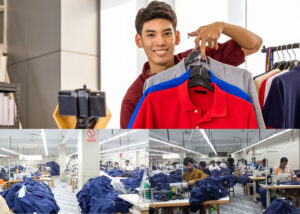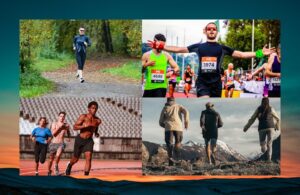The Rise of Outdoor Apparel: Key Market Trends and What Shoppers Want
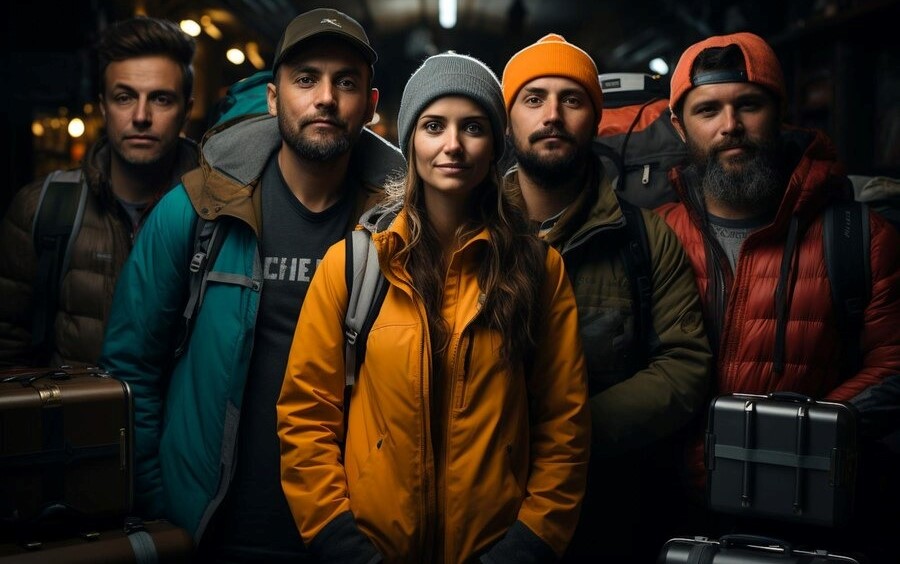
Table of Contents
ToggleInside Today’s Outdoor Apparel Industry
The outdoor apparel industry has been experiencing remarkable growth over the last decade. Driven by rising interest in wellness, environmental consciousness, and adventure sports, this market has become one of the fastest-growing sectors in the retail industry.
Today’s outdoor consumers aren’t limited to hardcore adventurers or athletes—they include a diverse demographic seeking clothing and accessories that blend function, comfort, and style. The global outdoor apparel market is adapting to these evolving consumer needs, fueled by advancements in sustainable materials, innovative design, and digital shopping experiences.
This blog explores the current landscape of the outdoor apparel market, key trends influencing product and marketing strategies, and how consumer behavior is shaping the industry. From market projections to the values-driven choices of today’s outdoor enthusiasts, let’s dive into the world of outdoor apparel and discover what the future holds.
1: Market Analysis of the Outdoor Apparel Industry
Market Size and Growth Projections
The global outdoor apparel market has grown significantly over recent years. Estimated at approximately $17 billion in 2023, it is projected to reach over $25 billion by 2030, driven by an increasing desire for outdoor activities and eco-friendly lifestyles. This growth is especially prominent among Millennials and Gen Z, who prioritize physical wellness and environmentally responsible consumption.
The COVID-19 pandemic has also spurred interest in outdoor activities, as people sought safe, socially distanced ways to exercise and travel. Now, outdoor activities like hiking, camping, and adventure sports are more popular than ever, fueling demand for high-quality, functional apparel.
Brands are increasingly catering to this demand by releasing apparel with durable, performance-focused designs that allow users to stay comfortable in various conditions. The outdoor apparel market also benefits from the rise in multi-seasonal and multifunctional clothing, with consumers looking for versatility across a variety of activities, from hiking and camping to casual urban wear. These shifts indicate sustained growth as brands continue to innovate with new product lines and eco-conscious materials that meet both functional and lifestyle needs.
Major Market Segments
The outdoor apparel industry can be broken down into several key segments, each catering to different aspects of outdoor lifestyles:
Outdoor Apparel: This includes jackets, pants, and tops designed for performance in diverse environments. Brands emphasize moisture-wicking, quick-drying, and breathable fabrics to support activities like hiking, mountaineering, and camping.
Footwear: Footwear is a cornerstone of the outdoor apparel market, with products like hiking boots, trail running shoes, and sandals specifically engineered to provide comfort, durability, and traction.
Accessories: This segment has seen growth with items such as hats, gloves, socks, and backpacks, which enhance safety and convenience during outdoor activities.
Categories by Activity: Apparel tailored to specific activities (e.g., hiking, skiing, running) allows consumers to find specialized clothing, which adds an element of niche customization.
Geographical Trends
The outdoor apparel market’s growth trends vary across regions, influenced by climate, outdoor culture, and lifestyle preferences:
North America and Europe: These regions have long-standing outdoor cultures and account for the largest market share. The U.S., in particular, has strong demand for adventure sports apparel, especially in states like Colorado, California, and Washington. Europe is known for its longstanding hiking and mountaineering culture, with strong sales in countries such as Germany, the UK, and the Nordic nations.
Asia-Pacific: This region is experiencing rapid growth as the middle class expands and gains interest in outdoor activities. Countries like China, Japan, and South Korea have seen rising interest in adventure sports and eco-tourism, leading to increased demand for quality outdoor apparel.
Leading Companies and Market Share
The outdoor apparel market features key players such as Patagonia, The North Face, and Columbia, alongside newer direct-to-consumer (DTC) brands. Established brands often differentiate themselves by emphasizing their commitment to sustainability, sourcing eco-friendly materials, and supporting environmental causes.
Direct-to-consumer brands leverage online platforms to build direct relationships with consumers, often at competitive prices. The combined efforts of these companies create a highly competitive market, with innovation in eco-conscious fabrics and digital-first marketing strategies distinguishing leaders from their competitors.
2: Key Trends Shaping the Outdoor Apparel Industry
Sustainability and Eco-Friendly Materials
One of the most transformative trends in outdoor apparel is the shift toward sustainability. Consumers today are more environmentally conscious and often choose brands that align with their values. Outdoor brands are responding with sustainable practices, using eco-friendly materials like recycled polyester, organic cotton, and innovative natural fibers such as hemp.
Arbish Sports, a frontrunner in sustainable apparel, has set a benchmark with its commitment to eco-friendly materials and fair labor practices. Other brands have followed suit, implementing sustainable programs like “circular fashion” by encouraging customers to recycle or repair old items, extending their product’s lifespan.
Rise of Digital and Omnichannel Experiences
The digital transformation of the retail space has revolutionized how consumers shop for outdoor apparel. E-commerce growth has accelerated post-COVID-19, with consumers appreciating the convenience of shopping from home. Brands are innovating with tools like Augmented Reality (AR) for virtual try-ons, helping customers visualize how products might look and fit without needing to try them in-store.
Moreover, the industry is embracing omnichannel retail, creating seamless integration between online and offline experiences. Physical stores remain a key part of the shopping journey, as customers often prefer to try on products in person before purchasing, especially when investing in higher-cost items like outerwear or footwear.
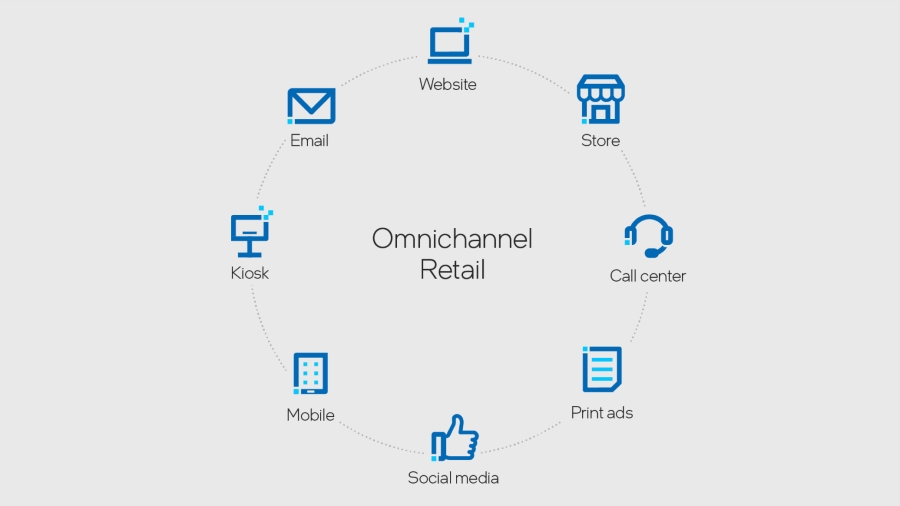
Influence of Athleisure and Fashion-Forward Outdoor Apparel
The line between outdoor and everyday wear is blurring. Many consumers today seek versatile outdoor clothing that fits both urban and adventurous settings. This trend is partly driven by the rise of athleisure—comfortable, fashion-forward athletic wear that has become acceptable for everyday use.
Outdoor brands are now creating stylish, performance-based clothing that meets the demands of urban dwellers, allowing them to transition easily from city life to outdoor activities. The fashion-driven shift is evident in the popularity of products like slim-fitting joggers, down vests, and waterproof sneakers.
Innovation in Performance and Comfort
Technological advances in material science have enabled the creation of outdoor apparel that is lightweight, moisture-wicking, and highly durable. Outdoor brands are innovating with temperature-regulating fabrics, anti-odor materials, and designs that prioritize comfort. For instance, “smart clothing” technologies can monitor body temperature and adapt to the wearer’s needs. These innovations enhance user experience by providing apparel that adapts to various conditions, making them ideal for all kinds of weather and terrain.
3: Understanding Shopper Behavior in Outdoor Apparel
Demographic Insights: Who Is Buying Outdoor Apparel?
The outdoor apparel market serves a broad demographic, each with unique needs and preferences:

Young, Health-Conscious Millennials and Gen Z: The younger generation is a driving force in the market, motivated by health and fitness goals and a keen interest in sustainability. They are particularly interested in eco-friendly brands and are inclined to invest in quality outdoor apparel that aligns with their active lifestyles.
Rise of the Adventurous Older Generation: Older adults are also drawn to outdoor activities, with a growing number choosing active retirement lifestyles. This group typically seeks high-quality, durable apparel that offers protection and comfort, often favoring established brands with a reputation for reliability.
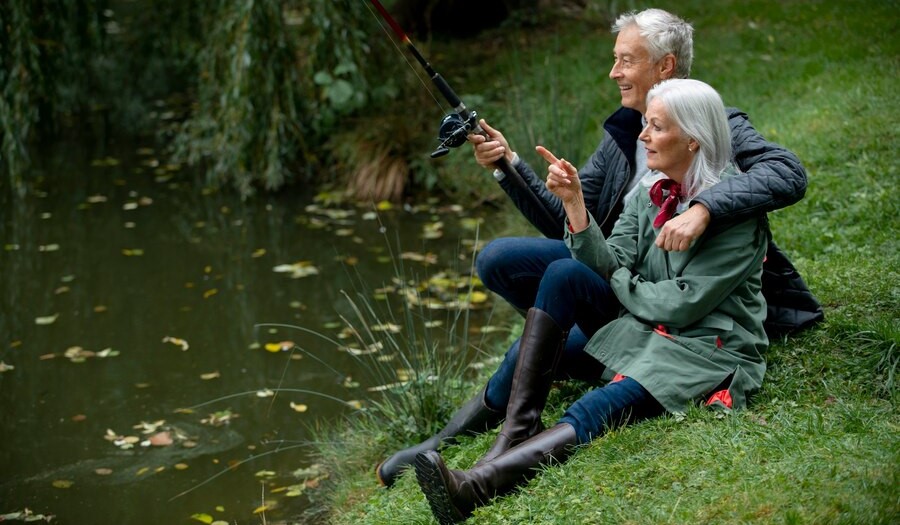
Gender Dynamics: The market has seen a rise in women’s outdoor apparel, with brands catering to women who demand functionality, style, and fit.
Values-Driven Consumer Behavior
Today’s consumers prioritize brands that embody ethical and environmental responsibility. They’re drawn to brands that actively support environmental causes or take part in sustainability efforts. Patagonia exemplifies this values-driven approach, cultivating a dedicated following of environmentally conscious customers through its commitment to ecological sustainability. This shift has influenced other brands to adopt transparency in sourcing, production, and labor practices.
Importance of Product Performance and Quality
Performance remains a top priority for outdoor apparel consumers. Functional attributes like water resistance, durability, and breathability are non-negotiable features. Many shoppers also seek versatility in their outdoor clothing—products that are suitable for both rugged outdoor environments and urban settings, enabling them to get more value from their purchases.
Price Sensitivity and Willingness to Pay for Quality
While some consumers are price-sensitive, many are willing to pay a premium for quality. Investing in durable, high-performance outdoor apparel is seen as worthwhile, as it minimizes the need for frequent replacements. As a result, many brands offer a range of products at different price points to capture both the budget-conscious and premium segments of the market.
4: Challenges and Opportunities Ahead
Challenges
The outdoor apparel industry faces several challenges:
Supply Chain Issues: Global supply chain disruptions, material shortages, and environmental challenges can impact production timelines and increase costs.
Balancing Sustainability with Scalability: Scaling sustainable practices while meeting growing demand is complex and requires careful planning.
Rapid Consumer Preference Changes: Adapting to fast-changing consumer preferences in design, technology, and values can be challenging for brands seeking long-term growth.
Opportunities
There are ample opportunities for growth in the outdoor apparel industry:
Expanding Market in Emerging Economies: Interest in outdoor activities is growing in regions like Asia-Pacific, providing new market opportunities.
Material Innovation: Continued research into sustainable materials and technical fabrics offers opportunities for product innovation and differentiation.
DTC Models and Digital Transformation: Direct-to-consumer models allow brands to engage directly with customers and use data to improve marketing and product development.
Cross-Industry Partnerships: Collaborations with technology companies or environmental organizations can expand brand reach and boost innovation.
The outdoor apparel industry is poised for growth, powered by a blend of technological advancements, sustainability initiatives, and evolving consumer needs. As more people embrace outdoor activities as part of a balanced lifestyle, brands that prioritize sustainability, functionality, and digital integration are likely to thrive. For consumers, these changes mean more choices in eco-friendly, versatile outdoor gear that aligns with their values and lifestyles. Looking ahead, the outdoor apparel market will continue to evolve, shaped by trends that prioritize environmental responsibility, cutting-edge materials, and enhanced consumer experiences.
- Facebook
- Twitter
- Linkedin
- Whatsapp

